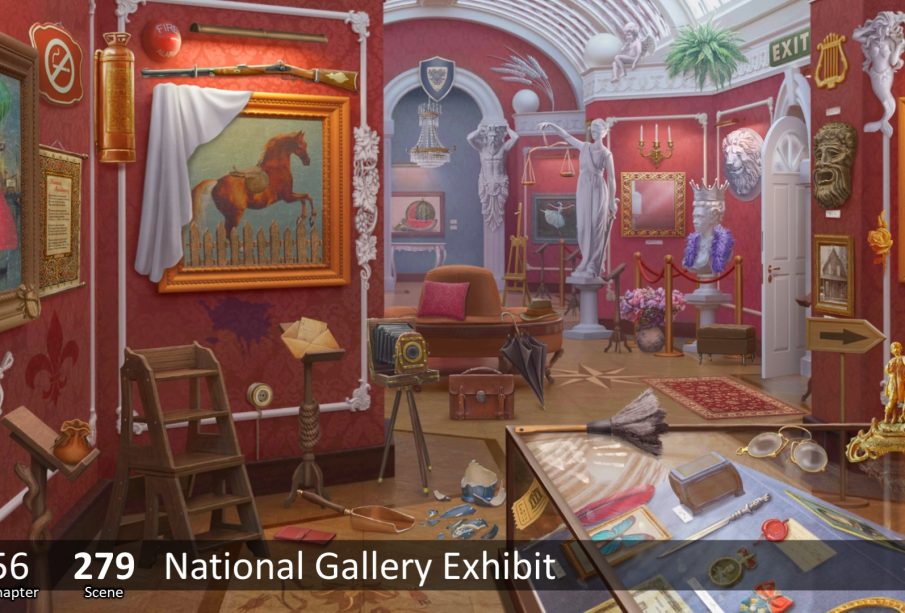The National Gallery: A Treasure Trove of Artistic Heritage

Introduction to the National Gallery
The National Gallery, located in the heart of London, is one of the world’s most renowned art museums. Established in 1824, it houses a vast collection of over 2,300 paintings, ranging from the Middle Ages to the 20th century. The Gallery plays a pivotal role in preserving cultural heritage and providing access to art for millions of visitors each year. The importance of the National Gallery extends beyond its collections; it serves as a cultural hub, offering educational programs and exhibitions that enrich the public’s understanding of art.
Current Exhibitions and Events
In recent months, the National Gallery has been bustling with activity. Currently, it is hosting an exhibition titled ‘Van Gogh’s Bedrooms’, which explores the artist’s depiction of his own bedroom in Arles through various paintings. This exhibition not only showcases the intricacy of Van Gogh’s work but also delves into his personal life, offering visitors a more intimate look at the artist’s narrative. The exhibition will run until January 2024, attracting both art enthusiasts and those new to Van Gogh.
Additionally, the National Gallery is set to launch an outdoor sculpture trail next spring, featuring works from contemporary artists. This initiative aims to engage local communities and visitors alike, bringing art into the public space while highlighting the Gallery’s commitment to contemporary art practices.
Community Engagement and Education
Beyond its exhibitions, the National Gallery is deeply committed to community engagement and education. The Gallery offers a variety of programs aimed at schools, families, and adults. These programs include guided tours, workshops, and lectures that demystify art and encourage a deeper appreciation of the works on display.
In 2023, the National Gallery launched its ‘Art for Everyone’ initiative, which aims to make art accessible to all. This program includes free guided tours and talks, ensuring that social and financial barriers do not hinder anyone from experiencing the beauty of art. The Gallery also collaborates with local artists to conduct community-based art projects, further enhancing its relevance to the community.
Conclusion: The National Gallery’s Significance
The National Gallery stands as a monument to art and culture, preserving some of the most significant pieces of our collective history. Its ongoing work in exhibitions, education, and community outreach highlights the importance of art in society. As cultural landscapes evolve, the National Gallery’s commitment to inclusivity and engagement promises to keep it at the forefront of London’s arts scene. Looking towards the future, the Gallery aims to continue adapting to new technologies and narratives, ensuring that art remains a vital part of everyday life for people of all backgrounds.







